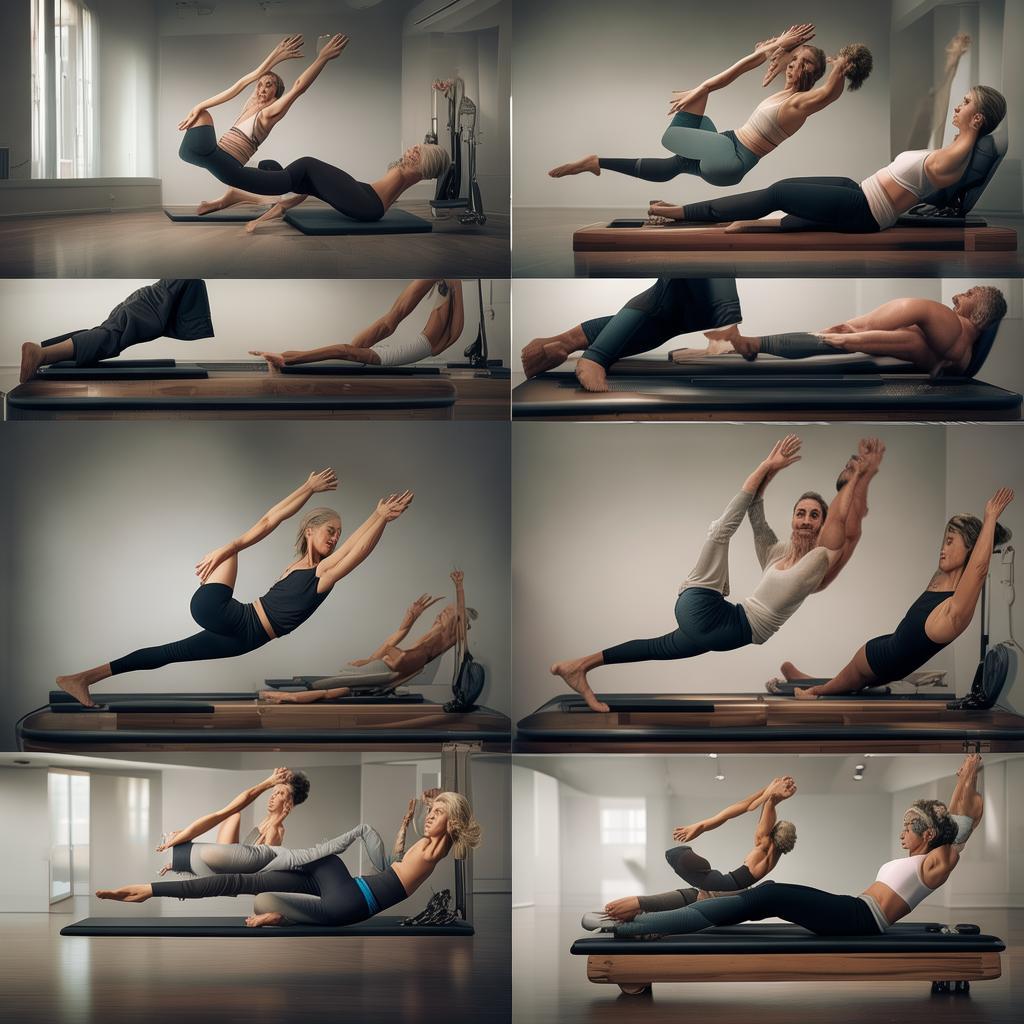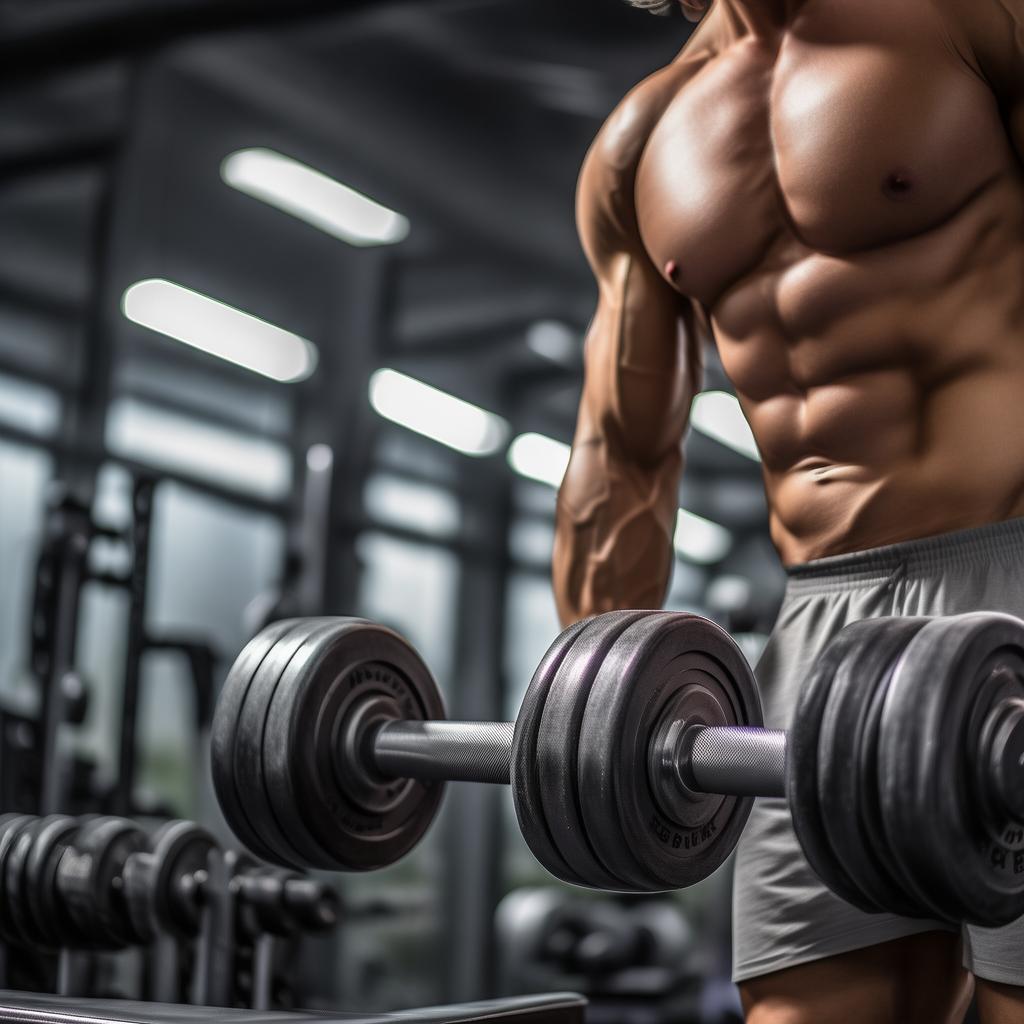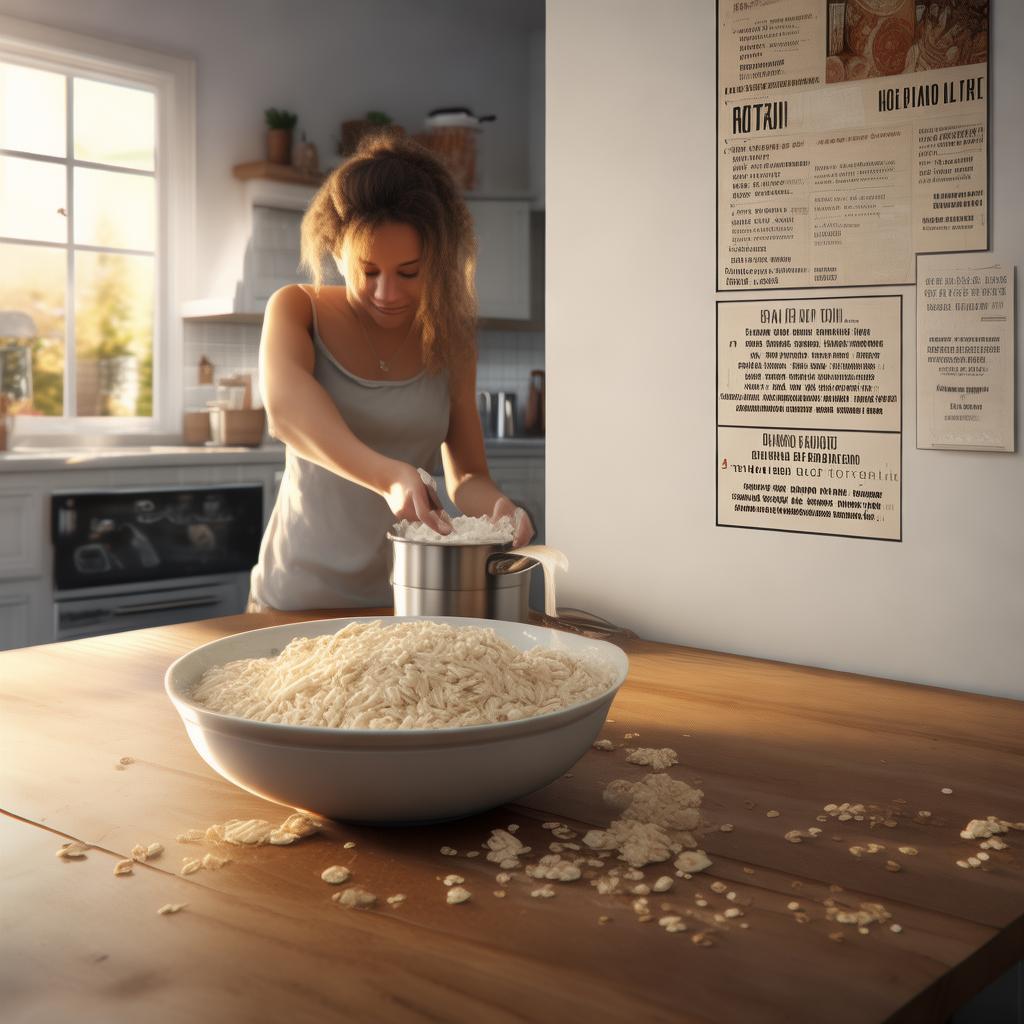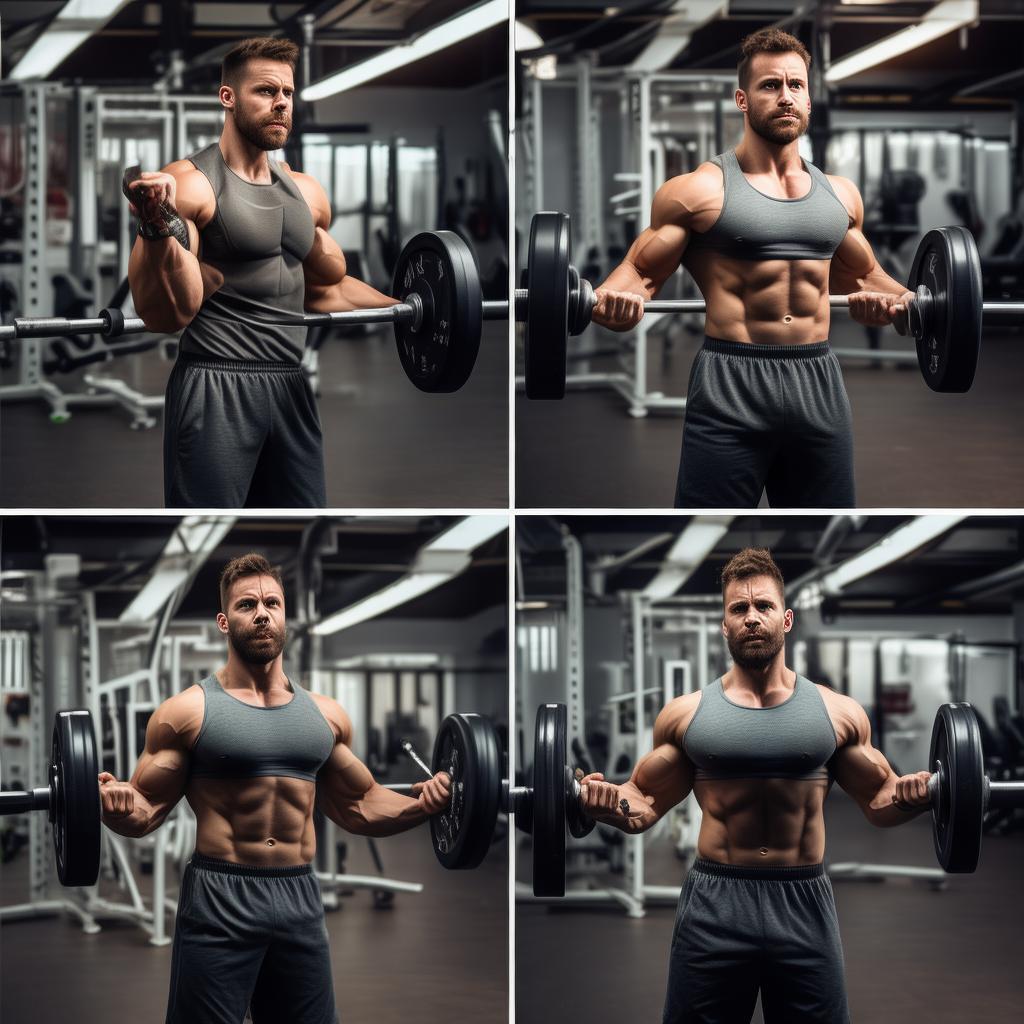What is Pilates?
Pilates, a well – known fitness method, was invented by a man named Pilates in Germany. His father was a gymnast and his mother a naturopathic physician. As a child with poor health, Pilates combined the experiences of his parents and his own to create this exercise. Later, it was used for the rehabilitation of injured soldiers after World War I. During the rehabilitation process, it was found that it not only helped with physical recovery but also had a therapeutic effect on the mental state of some soldiers. The training is based on six key elements: “Focus, breathing, core, control, precision, and fluidity”, integrating aerobic, flexibility, and muscle – stretching exercises, with both unarmed and equipment – assisted training, aiming to bring harmony and balance to the body.
Different Types of Pilates
Over the past century, Pilates has evolved into various types and training styles, offering more choices for us. Mat Pilates, focusing on strengthening core muscles and training body stability and coordination, is suitable for beginners and only requires a mat and a few elastic bands. Equipment Pilates, as the name suggests, needs equipment assistance and has a higher intensity than classic Pilates. Yogalates combines Pilates and yoga, with a greater focus on breathing and physical functionality. Barre is ideal for dance enthusiasts to improve flexibility, extension, stability, and balance, with beautiful training movements. Piloxing combines boxing and standing Pilates movements, effectively increasing the heart rate and training the whole body muscle groups, making it perform well in fat – loss.
The Benefits of Pilates
Sculpting the body: Although mainly static stretching, Pilates focuses on muscularity training, which can carve the body’s lines. Sports science studies have shown that Pilates is significantly effective for core stability. After 36 weeks of training, subjects had a 21% increase in abdominal muscles and a reduction in the imbalance between left and right muscle groups.
Rehabilitation exercise: Originally used for soldier rehabilitation, Pilates is now also found in some post – operative rehabilitation training in medicine. It can stimulate deep muscles to alleviate the sub – healthy state of modern people.
Increase the “Fun”: Pilates uses safe and comfortable movements to improve body flexibility and softness. In addition, some of its movements have the same effect as kegel exercises. Women’s medical experts point out that strengthening the abdomen, back, and pelvic floor through Pilates can increase the couple’s “Interest”.
Improve athletic performance: Pilates focuses on body functionality. By strengthening target muscle groups, it balances muscle strength and returns joints to their original position, reducing the “clicking” sound during exercise.
Can Pilates Help with Weight Loss?
Slimming is a comprehensive task involving diet, exercise, sleep, lifestyle, emotions, etc. Pilates can help with breathing training. Studies have shown that shallow breathing increases cortisol production and the risk of obesity, while abdominal breathing training through Pilates reduces cortisol secretion, relieves stress, and aids in weight loss.
Start Practicing Pilates with These 5 Introductory Poses
These exercises are suitable for everyone. The duration is 10 minutes, and you only need an yoga mat.
1. Abdominal curl: Lie on your back, bend your legs, place your hands behind your head, and curl your head, neck, and shoulders off the mat. Do two sets of 10 reps each.
2. Toes touch the floor: Lie down, bend your legs 90 degrees, and use your lower abdomen to lift your legs. Do 10 reps on each side, two sets in total.
3. Side leg lifts: Lie on your side, bend one leg and straighten the other to lift it. Do two sets of 20 reps on each side.
4. Kneeling side plank pose: Lie on your side, support your upper body with your forearm, and lift your hips to form a straight line. Hold for 30 seconds and repeat on the other side.
5. Lateral thoracic spine rotation stretch: Lie on your side, hold your head with your hands, and rotate your upper torso. Do 6 reps on each side.





